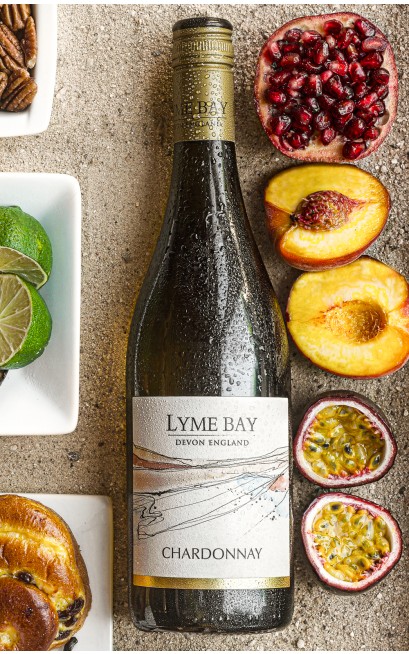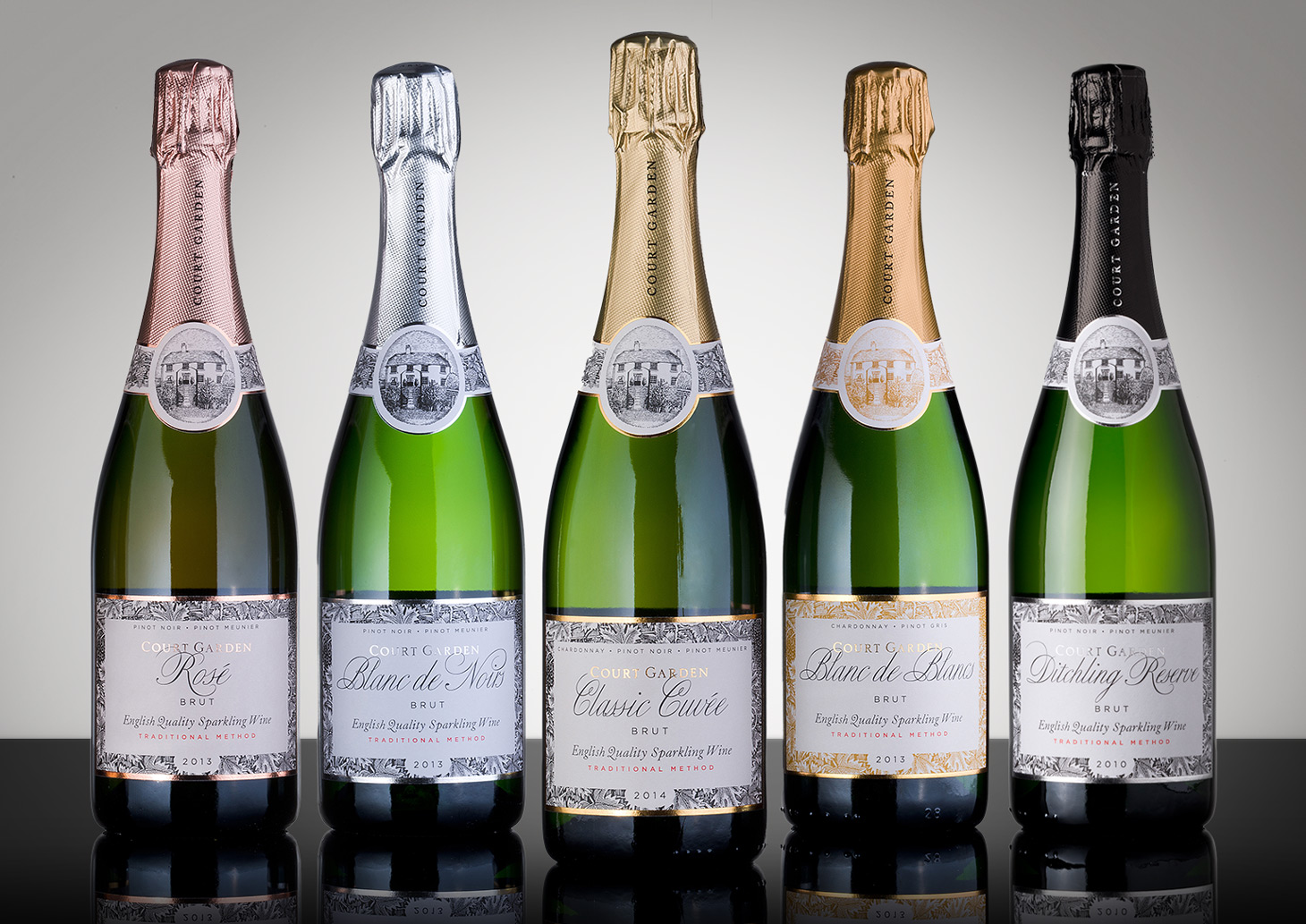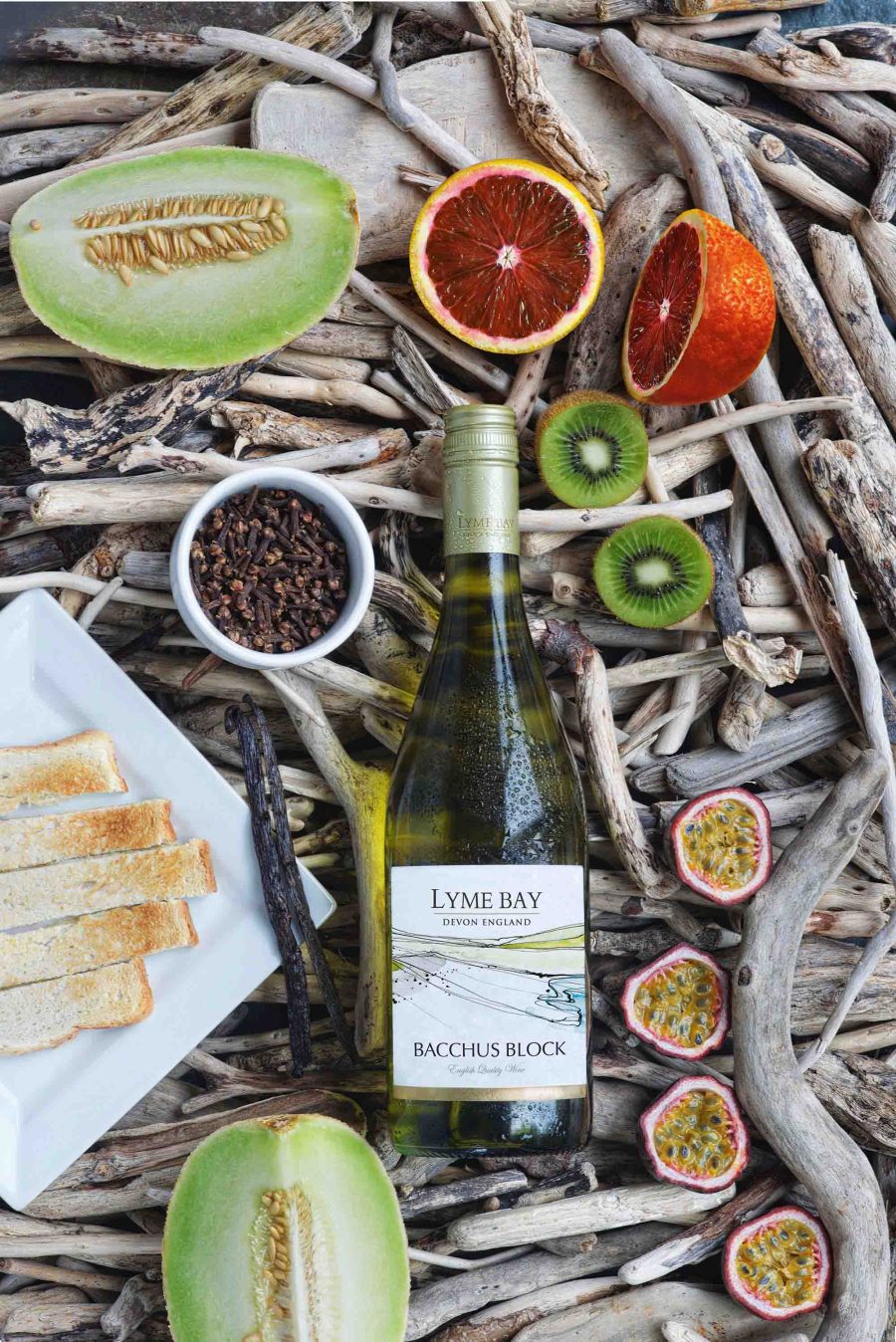Peter Wallbridge, wine buyer at Enotria & Coe, talks to Vineyard magazine about the opportunities ahead for home-grown wine.
How did you end up in wine?
I was a twenty something musician living in Brighton with a passion for food and wine. Being reasonably successful I was able to splash out on the odd bottle and on one occasion chanced across a bottle of Plumpton’s English Sparkling Wine. I remember reading the back label which said it was “made by our students”.
At the time I was gigging at night and after something to get my teeth into. For some reason this just chimed with me. I went along to Plumpton College where, by sheer coincidence, they were conducting interviews for September applicants. Having convinced them that I had an interview booked and they must have misplaced my details, I was interviewed.
After doing the WSET Level 2 course in the summer, I started in September. I put in the work, got my dissertation published as part of a paper by John Danilewicz, and set off on my round-the-world-adventure as a vintage winemaker.
How has the English wine category changed since?
I think the biggest change has been seeing English wine go from being something of a novelty, to a genuine and credible Champagne alternative. This is down to some serious investment by some key players, but also the move from Germanic varietals to Chardonnay, Pinot noir and Pinot meunier.
We’ve also seen the introduction of budget alternatives, such as Charmat, which I have mixed opinions about, but I think most notably, we’ve seen investment from the Champenoise, which is definitely a sign we’re going in the right direction.
What is your favourite part of finding new suppliers?
For me, the excitement comes from seeing not just the diversity, but also the typicity from different houses. Whether that be from the regionality, or the winemaking, there is so much to discover. Also, we are getting better and better at our art, so quality and value is constantly improving.
How many English wines do Enotria & Coe distribute?
At Enotria & Coe we have exclusivity with Hattingley Valley which is a privilege as Simon Robinson and his team is totally committed to quality, have a very defined style and are doing their best to promote English wine not just domestically, but in export markets too.
We also have wines from the family estate Court Garden and a selection from Lyme Bay. We are constantly in talks with other producers to look at how we can grow the category in the future. I’m always thinking of Welsh wine too as I graduated from Plumpton with Dave Morris of Ancre Hill.
What is the most challenging part of finding suppliers?
I think the hardest part is looking for someone who can do both still and sparkling wines well. We are quite a unique wine region in that we expect our wineries to do both (of course some, arguably the best, only produce fizz), but this is something to look at and identify where to put our investment. In my opinion there are definitely wineries who produce great still wines, but average fizz and vice versa.
Should producers focus on developing the reputation of still wines?
Yes, definitely. We have made a lot of progress with fizz, but still wines need some work. I believed following the great ’18 vintage we’d have some stand out red wines, but if I’m brutally honest, I haven’t been overly impressed. Regarding whites, we are at a crossroads. Bacchus is definitely something we can hang our hat on, but will it ever get the recognition of an international varietal such as Chardonnay? Will it ever have such mass appeal as Sauvignon?
And what about ‘cheaper’ traditional method alternatives like Charmat?
It definitely has its place, but we need to be careful how we market it. It cannot be under the same umbrella. I really don’t want to see a race to the bottom to get the cheapest English fizz on the market to the detriment of the perception of quality. It’s exactly what we’ve seen with Cava for example whereby now, trying to convince the consumer that Cava is anything more special than a certain budget black bottle is nearly impossible!
How much decision making comes down to figures and sales forecasts?
A fine question! Of course, the story is what sells the wine, but the commercials have to add up. We are spoilt with wines from all over the world in the UK and as such, getting people to try English wine isn’t an issue, getting them to come back and stop buying Champagne in favour of an English wine is the challenge. For this reason, it has to stack up commercially.
How would you describe the category to someone who has never come across it before?
I would say it’s currently all about the fizz. Diverse in styles from the lifted and fresh to the rich and creamy. It represents great value and should be top choice for any occasion or celebration.
Shelf appeal or stories and accolades?
Stories sell wine. Packaging helps in retail, but for the on-trade it’s all about the history of the wine and its story. Accolades are less important in the UK as we are a much more mature market.
How can producers increase sales?
By trying to define a strategy and working with a distributor to achieve it. We are experts in building brands, but if you insist on chopping up your distribution between different distributors and trying to continue to service clients yourself, the impact will be diluted. I would say, do your research and find a distributor that meets your needs and have faith that they will do a good job.
What is the biggest issue facing the UK wine industry at the moment?
We need to maintain a focus on quality and try and avoid a price war in which there will be no long-term benefit for anybody. A lot of people are going to be sat on a lot of wine following 2018 and they’ll want to move this as soon as possible and may take a reduction on it. I’d say we need to keep English wine as a premium product. Look at how fiercely the Champenoise protect their brand; we have a lot to learn.
Is it going to become challenging for producers to stand out?
There is still a lot of room for producers and I don’t see it as a crowded market. The difficulty may come from the emergence of our own “Grande Marque” wineries who will start to command a higher price and may start to get the lion’s share, but as I say, it is still early days and there’s a lot of opportunity.
Have you noticed an increase in the number of trade seeking out English wines?
Yes, English wine is enjoying great growth at the moment and we’re doing our best to capitalise on it. We get enquiries every day and while it’s not always for a specific winery, regionality does come into it. I think the only qualm I have with English wine at the moment is about regionality. With most of the main players buying fruit from all over the country it is more about having a house style than a particular regionality. I would love to look 20 years into the future and see real regionality in English wine and differentiate a bottle of Sussex to a bottle of Kent, for example.
What is the most memorable wine you have tasted?
In terms of English wine, probably Hattingley’s Blanc de Blanc. I love the finesse, the elegance, the balance, it’s a real work of art and a credit to winemaker Emma Rice. A real standout and one of the first wines I tried upon starting at Enotria & Coe, so very memorable indeed.
What key points do producers need to think about when looking for a distributor?
I think it’s about identifying your needs. What volume do you have? Who are you targeting? Where are you targeting? What do you want your perception in the market to be? There is an array of distributors who all have different specialities. Find a synergy and let them do their thing.
How do you see 2020 shaping up in terms of sales of English wine?
2020 will see continued growth for English wine without too many difficulties. We’ve achieved a lot with restaurants wanting an English wine on the list, now we’ve just got to convince them to go for two or three.
Finish this sentence: In ten years’ time…
People will be asking “whatever happened to Champagne?”!






